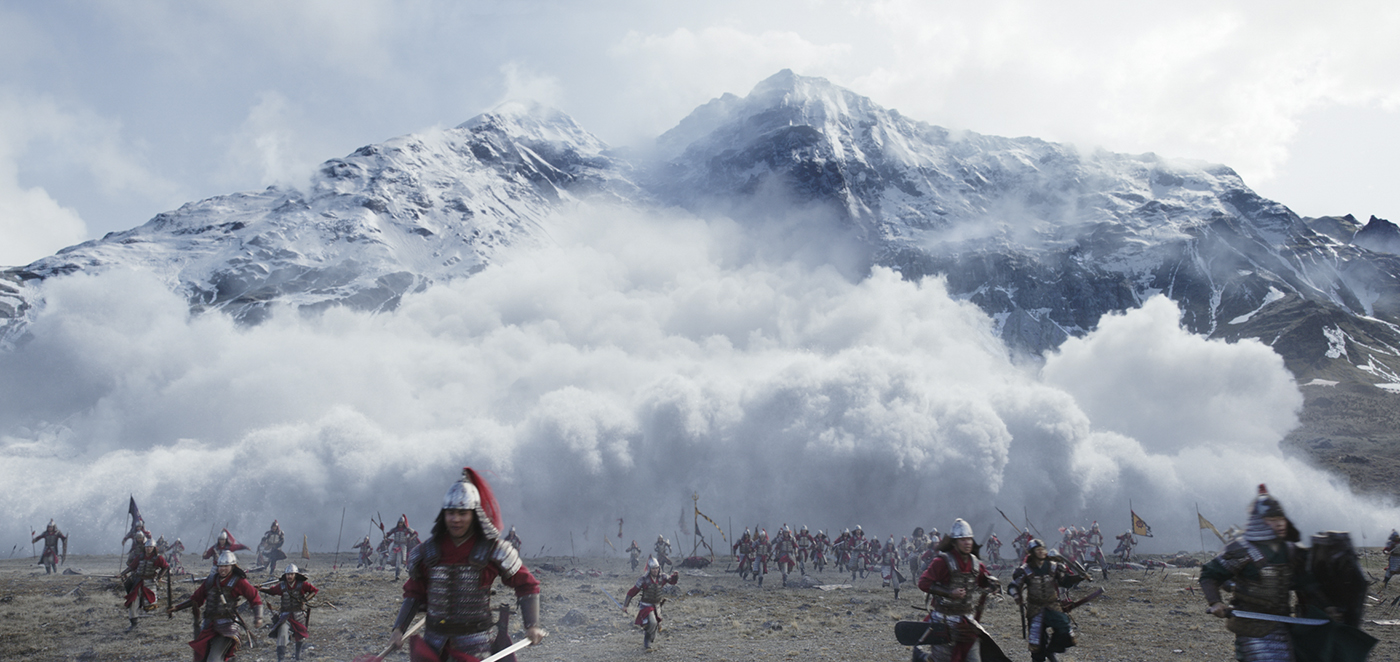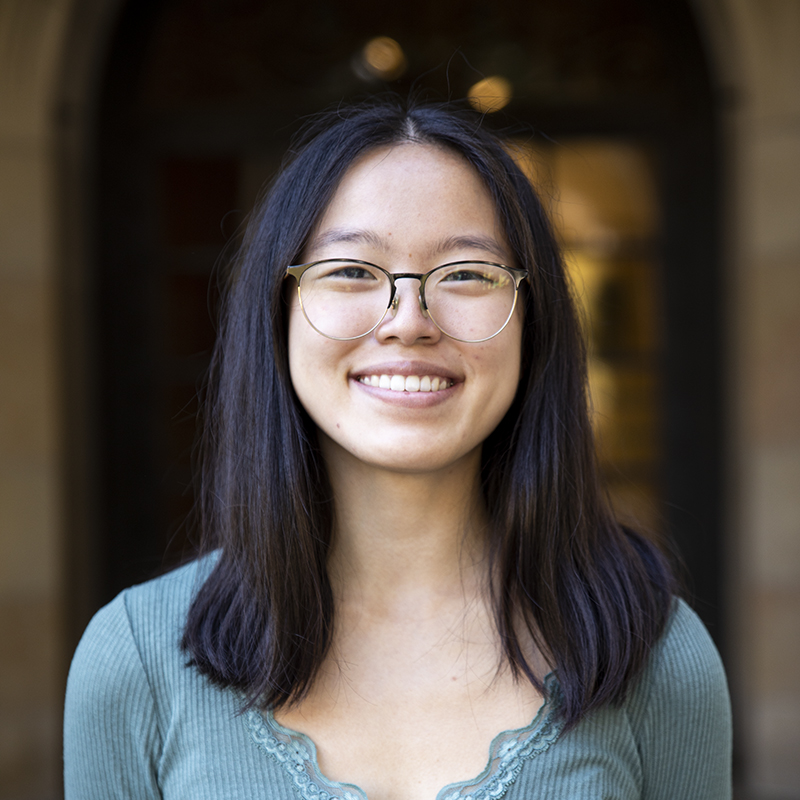Q&A: UCLA alumnus talks visual effects in Academy Award-nominated ‘Mulan’

(Courtesy of Disney Enterprises, Inc.)

By Vivian Xu
April 18, 2021 7:31 p.m.
It takes more than a little magic to bring a story to life.
Arriving more than two decades after the original film, Disney’s live-action remake of “Mulan” has been nominated for an Academy Award in the Best Visual Effects category. Led by alumnus and visual effects supervisor Sean Faden, the team used a bit of movie magic – and a lot of digital tools – to transport viewers back to ancient China for Mulan’s heroic journey.
Faden spoke with the Daily Bruin’s Vivian Xu about balancing fantasy with realism in the film’s visual effects and creating a live-action remake that stands on its own.
[Related: Movie review: Live-action ‘Mulan’ fails to develop emotional plots, reflect cultural nuances]
Daily Bruin: Is there a particular vision that the director wanted for the film, and how did you use visual effects to cultivate the artistic approach that she was looking for?
Sean Faden: Niki Caro, our director, really wanted us to be almost like a love note to China. When we went on our scouts of China, we really explored a lot of incredible locations all throughout the country. There are a lot of places in China that are beautiful but that aren’t the right look for sixth-century China – there’s too much modern stuff. A lot of the things we ended up doing in visual effects were removing modern things and making a more aspirational version of the China that we were experiencing.
We went to Southeast China and saw the tulous, which are the ancient round houses where Mulan grows up. The real location had some rice paddies but it was overgrown, and there was a lot of modernization that had happened to the buildings that just didn’t make them feel authentic for the time period. While we might film something there, we replaced most of the ground around the building with digital rice paddy fields, added people in the fields, and the building themselves we re-scanned to look as if they had just been built, instead of 600 or 800 years old like the real ones were.
DB: Hubert Maston, a fellow visual effects supervisor on the film, said “Mulan” required a realistic approach in its effects, rather than a fantastical or grandiose one. How did this mindset affect your work?
SF: That was one of the big challenges of the film. Niki didn’t want this movie to feel like a visual effects movie – she didn’t want (them) to ever really upstage the performance. A lot of the visual effects that we did are incredibly complex, but they are a lot of times played in a subtle way.
We see this soldier walking down an alleyway, and the soldier very gradually transforms back into the witch, and in the same shot she transforms into the hawk and flies off. We put a tremendous amount of time making (that shot) into a seamless transition and almost like a sleight of hand kind of effect, versus your typical visual effect that might have pixie dust, distortions and lens flares. This was meant to be extremely subtle, extremely elegant (and) beautiful. I think it embodies a lot of the visual effects we did on the film because it is that highly complex effect that is not drawing too much attention to itself.
[Related: Recent Rewinds: Live-action ‘Mulan’ sacrifices Mushu and music for cultural accuracy, realism]
DB: Were there certain elements of the film that did not grant as much creative liberty with the visual effects?
SF: Think about the Imperial City – the Imperial City is based on the real Imperial City from the Tang Dynasty. Our city is based on layouts, and there’s a lot of really great records that the Chinese kept of how the cities were laid out.
But then we still had the ability to tweak from there. If Niki wanted a pagoda here or she wanted to have a waterway reflect the light on the left side, then that was something that we would do to tweak it. But we looked at a lot of references of drone photography of either Chinese cities or similar and really tried to massage the image so it didn’t have the typical overly atmospheric or overly lens-flared kind of thing.
We tried not to go too magical, even though we had some magical elements. Like with the witch, she has a lot of magical elements to her, but we try to keep them grounded. Whether it was just trying to stay photographic, trying to keep the physics as correct as we could, (we tried) to still have some realism despite having these more magical elements.
DB: Is there anything that visual effects were able to do to bring the story of Mulan to life that might not have been possible in the previous animated film?
SF: We’re back in the realism world. When you believe that Mulan is galloping on a horse in the avalanche, and you’re really with her, it just elevates her hero level. She’s actually riding on a green mechanical horse and we replaced it completely with a fully CG, very convincing black horse. Without visual effects, you could never do that.

